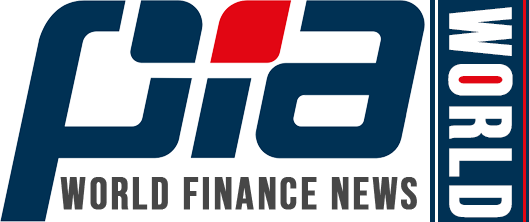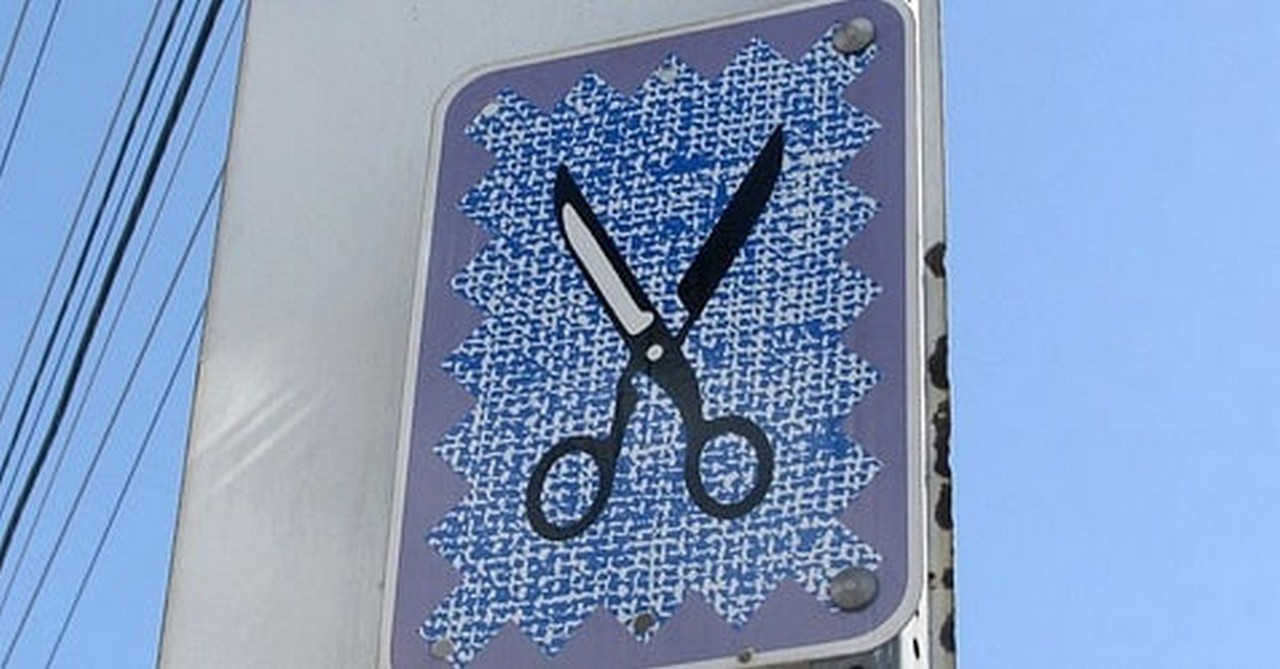In an effort to make mortgage prices just a little extra bearable, the U.S. Division of Veterans Affairs (VA) is decreasing the VA funding charge.
This is applicable to VA loans used for a house buy or new building, and even money out refinances, which doubtless aren’t being utilized in the intervening time with rates of interest as excessive as they’re.
The one-time charge is paid to decrease the price of VA loans for U.S. taxpayers because the VA dwelling mortgage program doesn’t require month-to-month mortgage insurance coverage.
It may be paid at closing or rolled into the mortgage and paid off over time by financing it.
For loans closed on or after April seventh, 2023, the VA funding charge is being lowered by 15 to 30 foundation factors (.15% to .30%).
New VA Funding Charges for 2023
Pictured above is the brand new VA funding charge chart that applies to VA loans closed on or after April seventh, 2023 and previous to November 14th, 2031, introduced in VA round 26-23-06.
As you may see, those that put down lower than 5% on a VA-backed dwelling buy can pay a funding charge of two.15%.
It’s primarily based on the mortgage quantity, which is commonly the acquisition value since VA loans don’t require a down fee.
The brand new charge is 15 foundation factors lower than the present charge of two.30% for a house buy with lower than 5% down.
On a $300,000 dwelling buy with nothing down we’re speaking a couple of funding charge of $6,450 versus $6,900.
So that you both save $450 at closing or finance the funding charge and pay a bit extra every month by way of a barely bigger mortgage quantity ($306,450 vs. $306,900).
In case you put down 5% on that very same $300,000 buy, the funding charge drops to 1.5%, from $4,703 to $4,275. That’s a financial savings of $428.
It’s not a significant distinction, however each little bit helps, particularly with each dwelling costs and mortgage charges fairly elevated.
These utilizing VA loans a second time (subsequent use) get hit with a bigger funding charge if placing lower than 5% down. For such debtors, it’s presently 3.6% with lower than 5% down, however will drop to three.3%.
That is a fair larger enchancment (.30%), however there’s a caveat. In case you put down 5% or extra the funding charge matches the “first use” charge.
So likelihood is it’s higher to place down 5% to get that higher pricing of 1.5% regardless.
Nonetheless, come April seventh, 2023 this charge will drop from the previous 1.65% to 1.5%, offering financial savings nonetheless.
The Previous VA Funding Charge Chart
Pictured above is the previous VA funding charge chart, efficient January 1st, 2020 and previous to April seventh, 2023.
This may be relevant for a pair weeks or so, or till lenders resolve to include the brand new pricing as dwelling loans sometimes take a month or longer from begin to end.
For the document, the funding charge could be averted solely in some instances for eligible veterans or a surviving partner.
And there are lowered funding charges for fee and time period refinances (IRRRL) of .50%, for mortgage assumptions, additionally .50%, and for manufactured houses, 1%. In addition to for Native American Direct Loans.
Earlier this week, the U.S. Division of Housing and City Improvement (HUD) additionally unveiled decrease mortgage insurance coverage premiums for FHA loans.
Annual mortgage insurance coverage premiums can be lowered by 30 foundation factors (.30%), saving the common dwelling purchaser roughly $70 a month, or greater than $800 yearly. And much more for bigger mortgage quantities.
Whereas these lowered charges aren’t essentially a recreation changer, they might help cut back the burden considerably in a troublesome dwelling shopping for surroundings.



